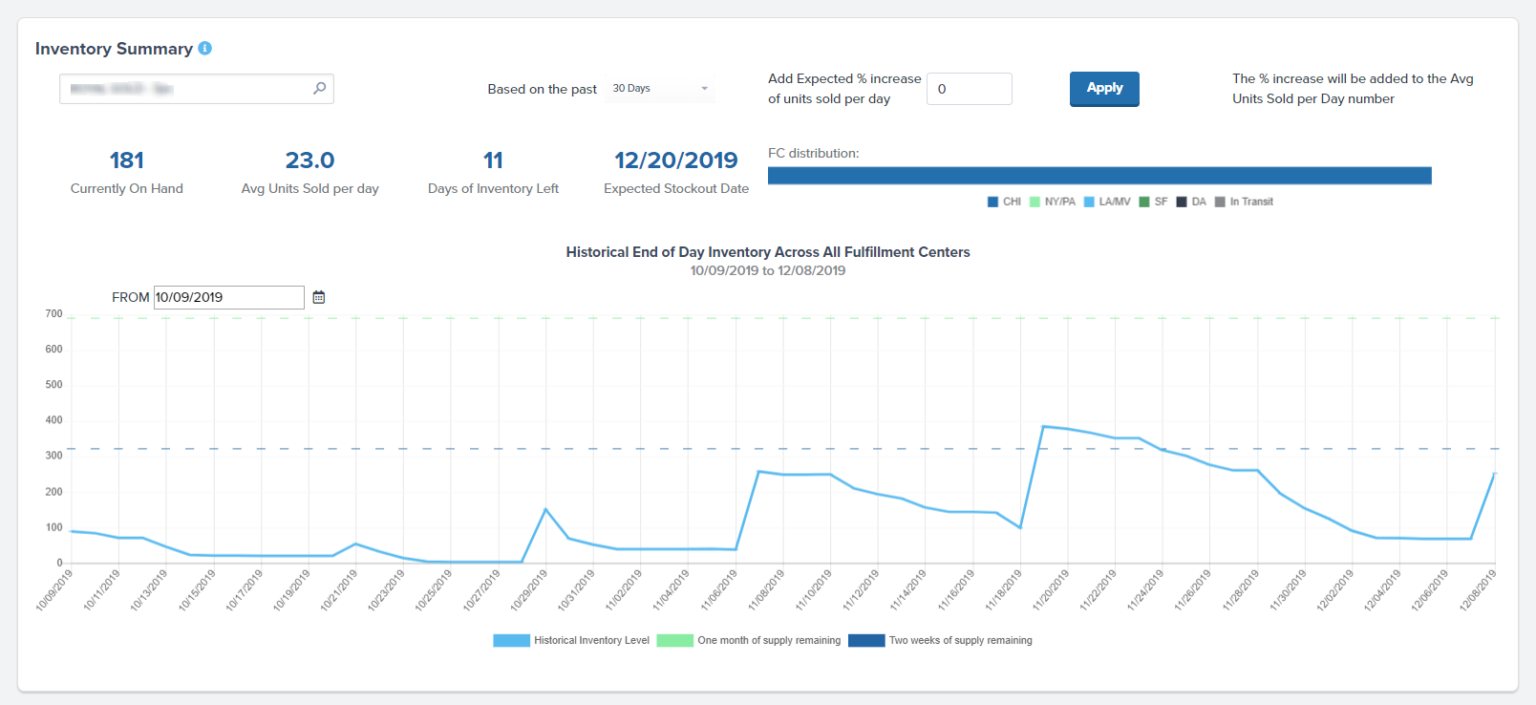
When goods are shipped under Free on Board (FOB) Shipping Point terms, ownership transfers to the buyer as soon as the seller dispatches the goods. For accounting purposes, the seller recognizes revenue at the point of shipment, and the buyer records the inventory once the goods are in transit. This method is particularly advantageous for sellers as it allows them to recognize revenue earlier. However, it also places the risk of loss or damage during transit on the buyer, necessitating careful consideration of insurance and logistics arrangements. Risk of loss or damage to transit inventory typically transfers from the seller to the buyer at the same time that ownership transfers.
Invest in robust inventory management software
- Increased visibility aids in better demand forecasting, reduces the risk of errors, and improves overall supply chain efficiency.
- Apple’s tight collaboration with suppliers through its Supplier Quality Program ensures seamless transit of components and finished goods, reducing delays and optimizing supply chain efficiency.
- By embracing transit inventory management as an integral part of their supply chain strategies, businesses can reap the rewards of a more optimized, resilient, and customer-centric supply chain.
- Even if you aren’t ready to put one on the payroll, it’s worth setting up a consultation to make sure you’ve got all the best practices in place.
These goods are easily overlooked when counting the ending inventory because they are not physically located at either the seller’s or the purchaser’s warehouse. When a title passes, the seller recognizes the sale and the buyer recognizes the purchase; alongside this, the inventory is included in the buyer’s ending inventory. When accounting for goods in transit, the fundamental question is whether a sale has taken place, resulting in the passage of title to the buyer.
Ownership and Risk Transfer of Transit Inventory:

The valuation of goods in transit also includes the cost of transportation and the merchandise cost. Let us take the example of a shipment from Los Angeles to Guanta that takes approximately 30 days. The cost of transportation of the in-transit inventory can be calculated based on the annual inventory cost of the merchandise.
Best Practices For In-Transit Inventory Management
There’s practically no difference between pipeline stock and pipeline inventory. It could be a finished product you are expecting in your warehouse or raw materials you’ve purchased for a production run. In-Transit inventory, also known as pipeline inventory, refers to goods that are currently in the process of being transported from the manufacturer’s facility to the retailer or supplier location. When analysing your in-transit inventory, you might discover that some items are in fact losing you money based on how long they take and how much they cost to deliver. It’s essential to have a proper contingency plan in place in case something happens to your in-transit inventory. And that means it needs to be accurately recorded and managed just like the products that are still sitting in your storage facility.
The length of time you should keep a document depends on the action, expense, or event the document records. Generally, you must keep your records that support an item of income or deductions on a tax return until the period of limitations for that return runs out. Have contingency plans in place for potential disruptions in the supply chain, such as alternative transportation routes or backup suppliers.
This temporary account helps track the value of goods that are on their way but not yet received. When the goods arrive, the value is transferred from the Goods in Transit account to the inventory account. This method provides a clear audit trail and helps prevent discrepancies in financial statements. Ever wondered what happens to your inventory when it’s somewhere between point A and point B?
Conversely, if you don’t own the inventory until it arrives at your location (under FOB Destination terms), you wouldn’t account for it until delivery is made. Accurate accounting for in-transit inventory is important because it affects your financial statements, inventory valuation, and cost of goods sold (COGS). Properly tracking these goods ensures that your records reflect the correct value of inventory you own, even while it’s on the move, and helps prevent inventory in transit accounting discrepancies in your balance sheet. In-transit inventory matters because it directly impacts your business’s efficiency, costs, and customer satisfaction. While goods are in transit, they’re technically still part of your inventory, but you can’t use or sell them yet, which can tie up valuable capital. Understanding where your stock is and how long it will take to arrive allows you to plan better, reduce overstocking or stockouts, and optimize cash flow.
This means that the seller’s inventory remains higher until the goods are delivered, delaying revenue recognition. This delay can affect the timing of revenue and profit reporting, which may influence quarterly or annual financial results. The buyer, on the other hand, does not record the inventory until it arrives, which can simplify their inventory management but may also delay the recognition of related expenses.
We need to account for shipping, insurance, Freight in, transportation fees into the inventory valuation. The problem is should we accrue costs with inventory in transit or wait until they arrive. For example, company ABC purchases $ 10,000 of raw materials from oversea on 01 June 202X. They use FOB in the purchase agreement, which means that the seller will take all responsible up to the port (seller).
